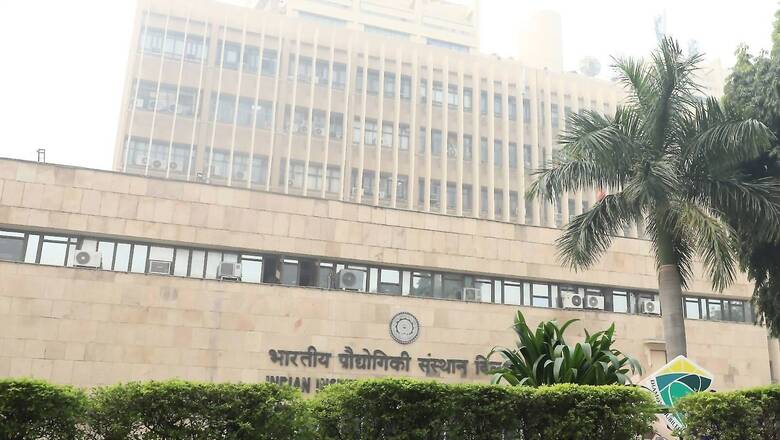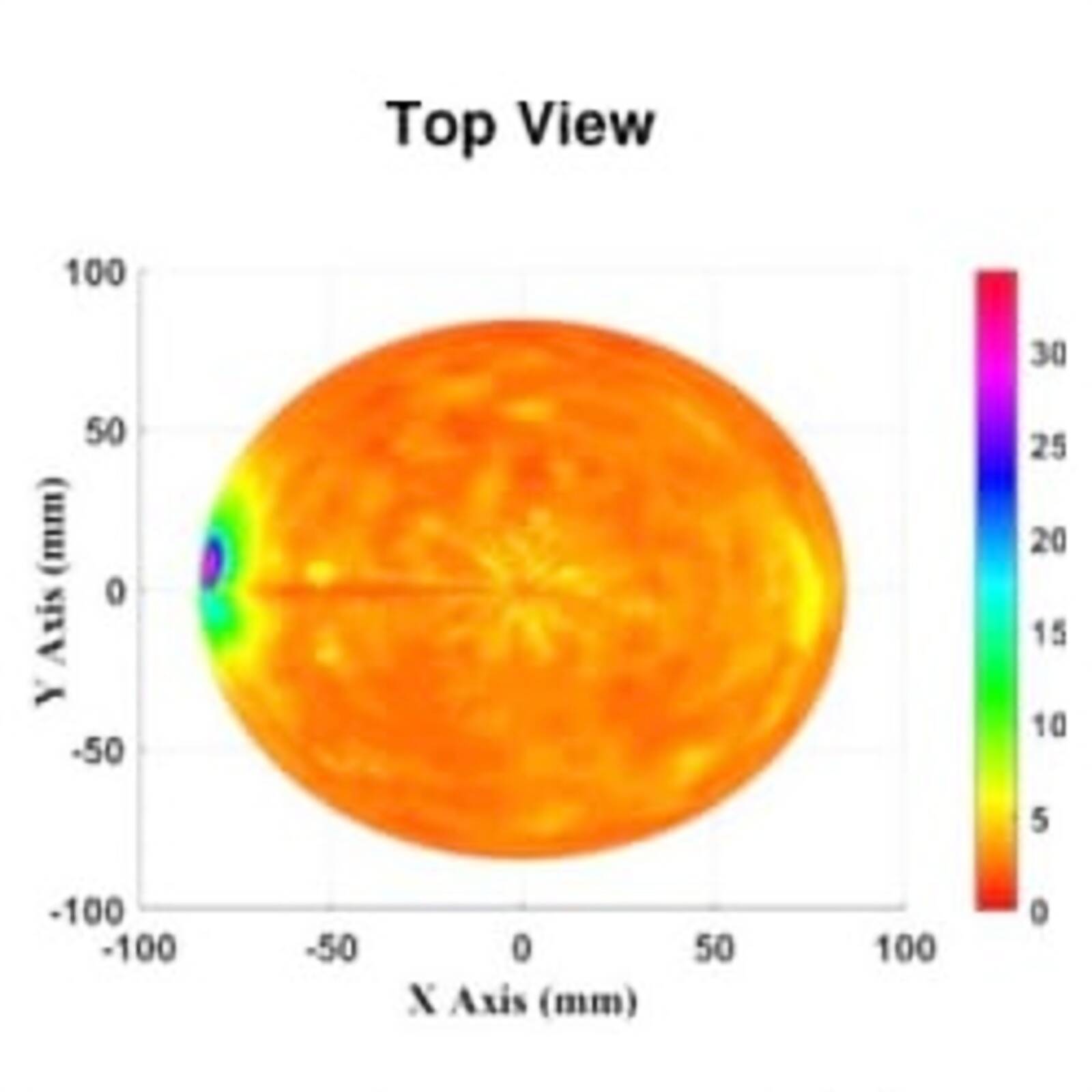
views
IIT Delhi researchers has come up with a non-invasive EEG-based Brain Source Localization (BSL) framework for epilepsy focal detection that is time efficient and patient-friendly. Given the EEG data with seizures, the array processing algorithms can point to the coordinates within minutes. In particular, the team of researchers, led by Prof Lalan Kumar, Department of Electrical Engineering, IIT Delhi, have proposed novel head harmonics-based algorithms for seizure localization.
“Epilepsy is the fourth most common neurological disorder in the world and affects millions worldwide. It involves brief episodes of involuntary body (partial/entire) movement called seizures and may be accompanied by loss of consciousness and control of bowel or bladder function, primarily due to erroneous excessive electrical discharges. Quite a lot of epilepsies can be controlled by medicines, however, when medicines fail to control seizures, it is labeled as drug-resistant epilepsy,” said the IIT.
Also read| IIT Roorkee, DRDO Collaborate to Develop Indigenous Defence Equipment
Drug-resistant epilepsies are most likely to originate from structural abnormalities of the brain and hence brain surgery offers a complete cure for these patients, provided the exact origin and extent of abnormality are identified by a neurosurgeon. The most complex and tedious task in surgical evaluation is to determine the origin of electrical abnormality and correlate it with a structural abnormality of the brain.

These structural abnormalities are so subtle to be identified on MRI alone and always to be interpreted along with electroencephalogram (EEG) evaluation. Other modalities utilised by neurosurgeons are positron emission tomography (PET) scan, and Magnetoencephalography (MEG). PET scan involves the intake of radioactive substances. The MEG facility is very limited in India. Craniotomy and Robot-assisted surgery are invasive where clinicians drill holes into the skull to place electrodes on the brain. It takes two to eight hours for Epileptogenic Zone Detection and is uncomfortable for patients.
The researchers have validated the proposed source localization algorithms on clinical EEG data for epileptogenic zone localization. The proposed framework offers an effective solution to clinicians in automated and time-efficient seizure localization. “It is a breakthrough considering the comfort of patients,” Prof Kumar added.
Dr Amita Giri, a Prime Minister’s Research Fellow (PMRF) in the Department of Electrical Engineering at IIT Delhi, has developed the novel epileptic region detection method as a major part of her Ph.D. work. The other members of the research team include Prof. Tapan K. Gandhi, Electrical Engineering Dept., IIT Delhi, and Dr. Nilesh Kurwale, Deenanath Mangeshkar Hospital and Research Center, Pune, Maharashtra, India.
Their study titled ‘Anatomical harmonics basis based brain source localization with application to epilepsy’ was published in Nature’s Scientific Reports. “We have proposed utilization of spherical harmonics and head harmonics basis functions for seizure Localization. To the best of our knowledge, this is the first attempt at non-invasive and time-efficient seizure Localization,” Prof. Lalan Kumar, Department of Electrical Engineering, IIT Delhi, said.
Read the Latest News and Breaking News here



















Comments
0 comment